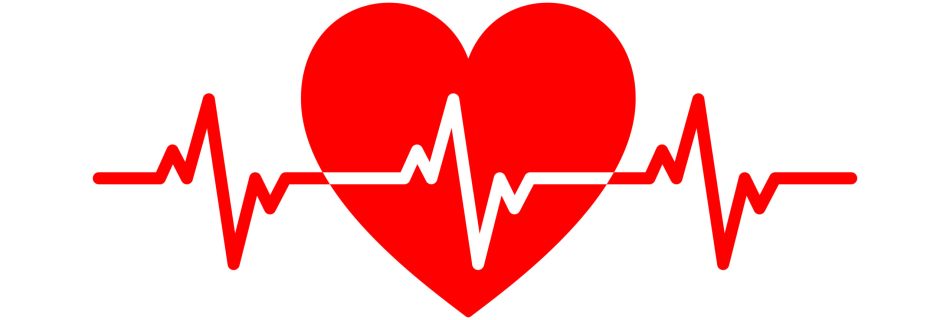First Ventilatory Threshold (VT1): The physiological key to your endurance performance
As experts in physiology and performance, we know that endurance success lies in deeply understanding our body’s signals. Today, we’ll delve into a fundamental concept for athletes and coaches: the First Ventilatory Threshold (VT1). The First Ventilatory Threshold, or VT1, is a critical physiological point during progressive exercise. It represents the exercise intensity at which a …
Read more “First Ventilatory Threshold (VT1): The physiological key to your endurance performance”






